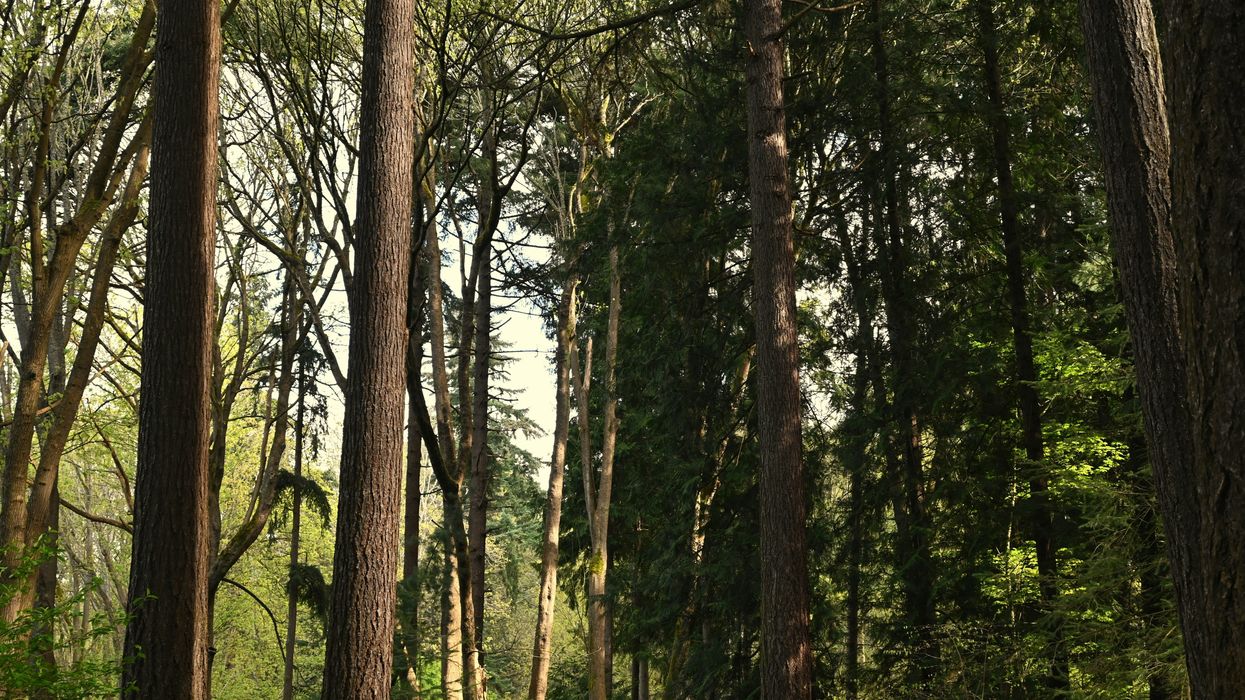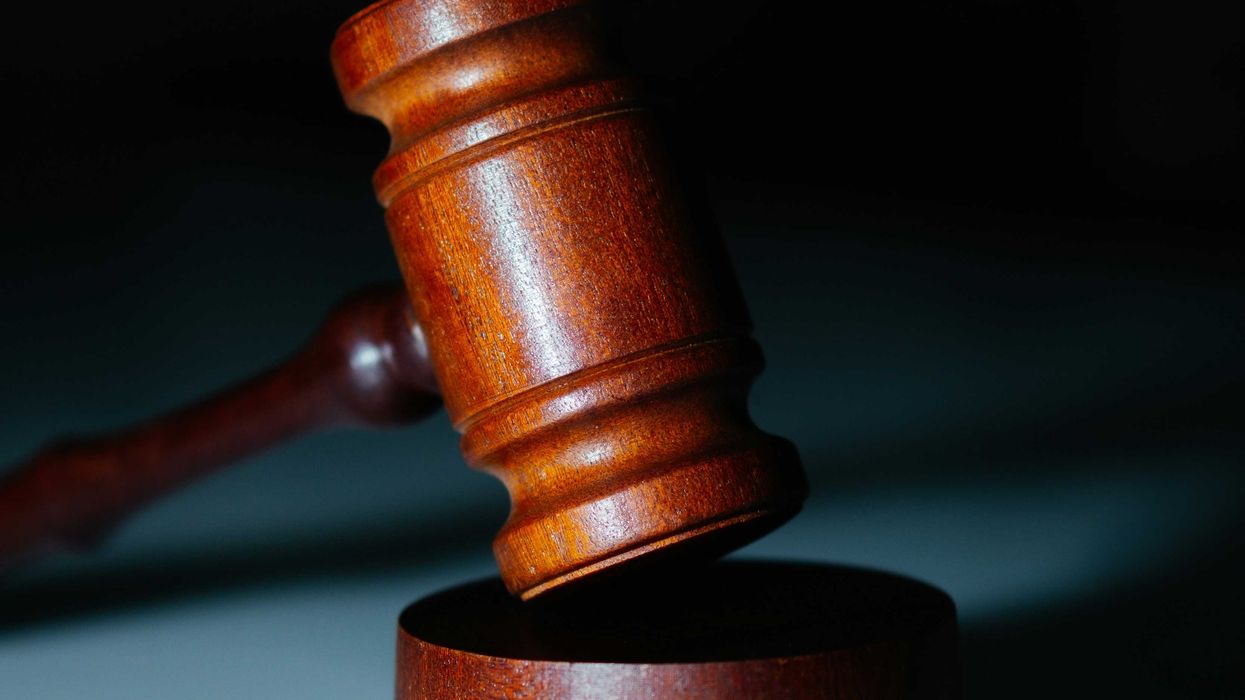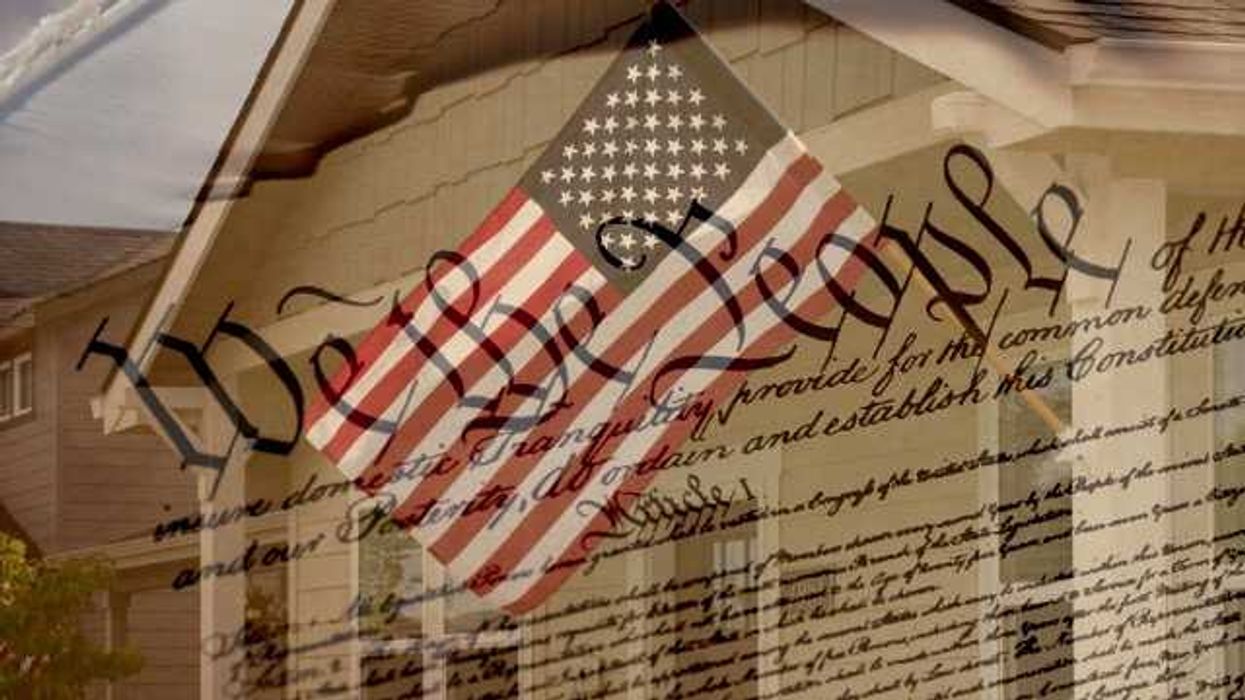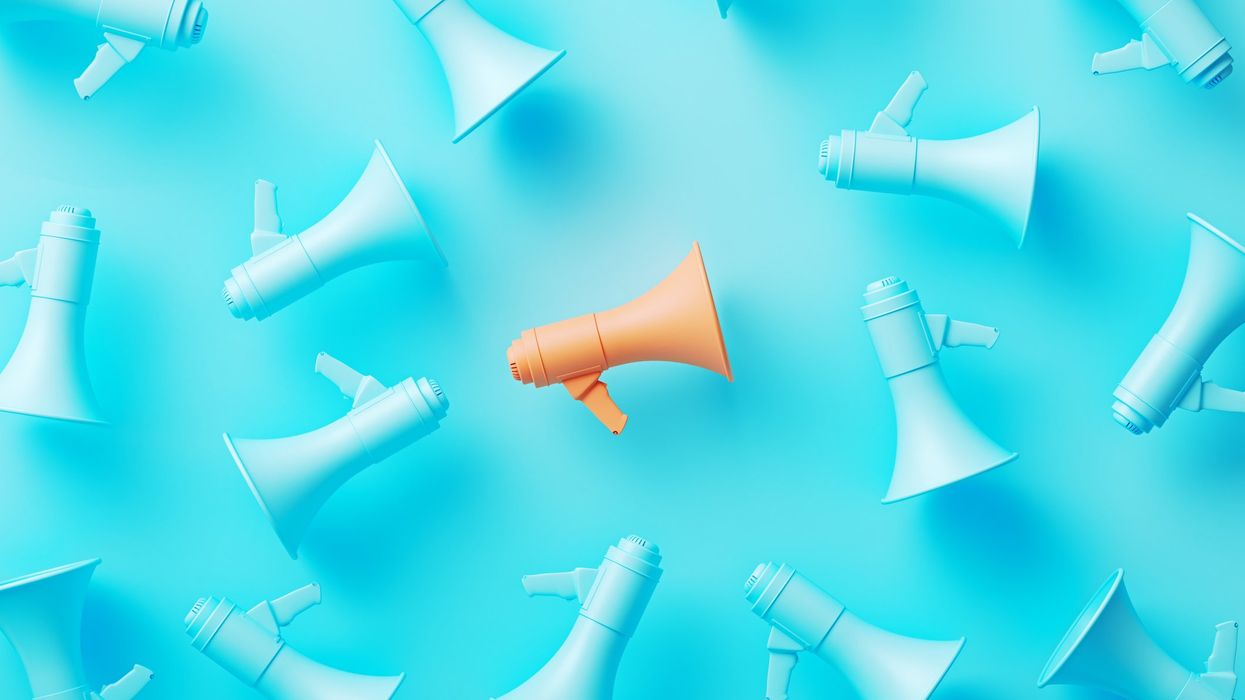In forested areas surrounded by the bustling streets and high-rise towers of the city, invasive species and weeds take root, damaging native wildlife and causing the slow decline of tree cover. For Seattle, the occupation of invasive species in urban parks and forests is all too common.
“Green Seattle Partnership was created in 2005 out of community interest and city need to begin to manage Seattle’s forested parklands more intentionally,” Danielle Devier, senior urban ecology analyst at Seattle Parks and Recreation, said. “At the time, there was a lot of concern about forest health decline due to non locally evolved, some people call them invasive species, encroachment in our forests.”
According to Devier, invasive species such as English ivy can climb trees and limit their growth, slowly killing the tree. Other species, such as Himalayan Blackberries, take up large amounts of space and prevent saplings from establishing roots and growing. The spread of invasive species limits biodiversity, which is important for sustaining local populations of people and wildlife. According to the United Nations, biodiversity also enhances climate resilience, both by absorbing excess carbon and allowing ecosystems to adapt to changes over time.
The partnership — started by Seattle Parks and Recreation and fueled by volunteer forest stewards — has become a success story for urban reforestation across Washington state, as well as internationally. In 2023, Seattle was selected by the United Nations Environment Program as a “role model city” for ecosystem restoration, establishing it as one of 18 cities worldwide to share best practices for green space restoration internationally. With 2,032 of Seattle’s 2,700 forested acres currently being restored or maintained by the Green Seattle Partnership, the program works to improve Seattle’s green space through long-term community building.
The Green Seattle Partnership provides professional training to volunteers, known as forest stewards, who help organize forest restoration events within their communities. According to their 20-year strategic plan, over 500,000 hours of citizen volunteer work have been dedicated to reforesting Seattle’s green spaces.
“Many stewards get hooked and love leading community events,” Eric Sterner, plant ecologist at Seattle Parks and Recreation, wrote in an email. “Many volunteers return each year and love to support our city-wide projects.”
These volunteers are trained for practical restoration, community engagement, and group building. According to Sterner, community involvement is at the center of the program’s work.
“It creates a lot more awareness about the importance of the work,” Devier said. “It also creates a sense of local neighborhood stewardship. If [people] want to get involved, they don’t have to go very far. They can just go right outside their front door.”
Moving forward, the program aims to emphasize further the importance of local community engagement in its work. Community engagement helps create a lasting restoration effort, as forest restoration results unfold over ecological timelines of hundreds of years.
“We’re very much just advancing deeper in community,” Devier said. “[We’re] really trying to create a stronger relationship between communities and place and restoration, and building a kind of culture of caregiving for not just Seattle’s forest, but all of the ecosystems that are here.”
Thus far, the Green Seattle Partnership has seen numerous successes in their program, inspiring a green cities network of over 10 other cities throughout western Washington. Ranging from Tacoma to Everett and East to Snoqualmie, these partner programs meet quarterly to develop goals, help solve problems, and discuss restoration efforts across the state.
“We are seeing some really positive outcomes,” Devier said. “I did an analysis — we have some long term monitoring plots — and I analyzed the data just a few weeks ago and it showed that where we’re monitoring [is getting] healthier and less weedy.”
While the Green Seattle Partnership continues to expand its restoration efforts, it can be limited by funding. The program on-boards an additional 30 to 40 new acres of forested land for restoration every year. However, they are only able to request additional funding from Seattle Parks and Recreation’s budget every six years.
“We’re definitely slowing down because we’re working across a bigger and bigger area, with pretty similar resources in terms of volunteers and funding,” Devier said. “I mean, I think you could ask anybody in the city of Seattle that works for the city about whether they feel well-resourced, and they’ll all say no. Because there’s just a lot of opportunity to do more and better as always.”
Devier continued: “I do feel fortunate that we have this program and that we’re still doing it … and well supported by city leadership. So, that is really nice.”
Despite funding limitations, the Green Seattle Partnership continues to establish Seattle as a leading city for forest restoration. According to their 20-year strategic plan, the Green Seattle Partnership envisions “a city with diverse, invasive-free, sustainable forested parklands” supported by an “aware and engaged community.” In the partnership’s first 20 years, they have made clear progress towards that goal, establishing the program as a state-wide, national, and international role model for urban forest restoration work.
Leah Downing is an undergraduate student at the University of Washington studying Journalism & Public Interest Communication.
Leah was one of the students in the "Media Responsibility in a Diverse Society" class, taught by Hugo Balta. Balta is the executive editor of the Fulcrum, and the publisher of the Latino News Network.
The Fulcrum is committed to nurturing the next generation of journalists. Learn more by clicking HERE.












 Shannon Gormley, Rhode Island Public Schools
Shannon Gormley, Rhode Island Public Schools Les Sinclair, Blue Ridge Area Food Bank
Les Sinclair, Blue Ridge Area Food Bank Elena Casillas Hoffman,
Elena Casillas Hoffman, 
 Darrious Hilmon, Executive Director, CAN-TV
Darrious Hilmon, Executive Director, CAN-TV







